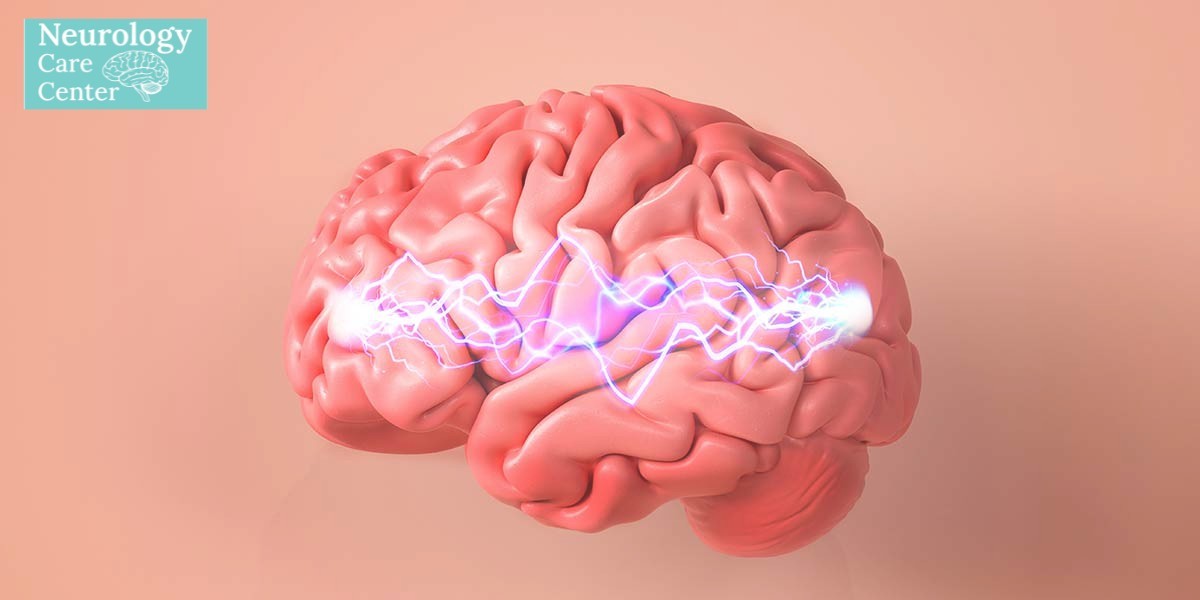What is Seizure?
A seizure occurs when there is a sudden abnormal discharge of electrical activity in the brain.
The diagnosis of epilepsy is reserved for a syndrome of recurrent, idiopathic seizures. The ultimate cause of seizures in epilepsy is unknown.
Causes of Seizure
· Metabolic and electrolyte disturbance
hyponatremia, water intoxication, hypoglycemia or hyperglycemia, hypocalcemia, uremia, thyroid storm, hyperthermia.
· Mass lesions
brain metastases, primary brain tumors, hemorrhage.
· Missing drugs
Noncompliance with anticonvulsants, withdrawal from alcohol, benzodiazepines, barbiturates.
Noncompliance with anticonvulsants
in patients with epilepsy, this is the most common reason for poor seizure control in epileptics.
· Miscellaneous
Pseudoseizures, eclampsia, hypertensive encephalopathy.
Types of Epileptic Seizures
Partial Seizures
accounts for 70% of patients with epilepsy older than 18 years of age. It begins in one part of the brain and initially produces symptoms that are referable to the region of the cortex involved.
Simple partial seizure:
- Consciousness remains intact.
- The seizure remains localized but may evolve into a complex partial seizure.
- May involve transient unilateral clonic, tonic movement.
Complex partial seizure
- Consciousness is impaired, postictal confusion.
- Automatisms - purposeless, involuntary, repetitive movements. (Such as lip smacking or chewing) patients may become aggressive if restraint is attempted.
- Olfactory or gustatory hallucinations.
Generalized seizure
Characteristic by loss of consciousness. Involves disruption of electrical activity in the entire brain.
Tonic-clonic (grand mal) seizure
- Bilaterally symmetric and without focal onset.
Begins with sudden loss of consciousness; involves diffuse disruption a fall to the ground.
- Tonic phase – The patient becomes rigid; trunk and limb extension occurs. The patient may become apneic during this phase.
- Clonic phase – This is musculotonic jerking of the limbs and body for at least 30 seconds.
- The patient then becomes flaccid and comatose before regaining consciousness.
- Postictal confusion and drowsiness are characteristic and can last for hours, although 10 to 30 minutes is more typical.
- Other features may include tongue biting, vomiting, apnea, and incontinence.
Final Thoughts
Seizures are a serious neurological event caused by abnormal electrical activity in the brain, with triggers ranging from metabolic disturbances and missed medications to infections and trauma. Understanding the causes and types of seizures is essential for timely diagnosis and management. At Neurology Care Center, we are dedicated to providing expert care, guidance, and support for individuals affected by seizures and epilepsy.
Living with seizures can be challenging, but with proper medical support, lifestyle adjustments, and timely intervention, patients can lead healthier and safer lives. Neurology Care Center remains committed to raising awareness, offering specialized treatments, and ensuring that every patient receives the best possible neurological care for long-term well-being.






